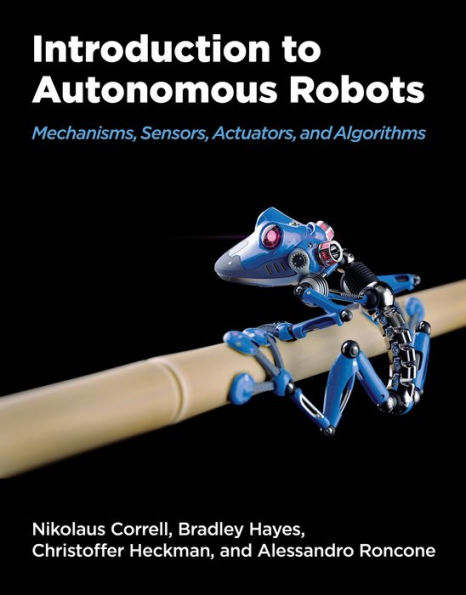A comprehensive introduction to the field of autonomous robotics aimed at upper-level undergraduates and offering additional online resources.
Textbooks that provide a broad algorithmic perspective on the mechanics and dynamics of robots almost unfailingly serve students at the graduate level. Introduction to Autonomous Robots offers a much-needed resource for teaching third- and fourth-year undergraduates the computational fundamentals behind the design and control of autonomous robots. The authors use a class-tested and accessible approach to present progressive, step-by-step development concepts, alongside a wide range of real-world examples and fundamental concepts in mechanisms, sensing and actuation, computation, and uncertainty. Throughout, the authors balance the impact of hardware (mechanism, sensor, actuator) and software (algorithms) in teaching robot autonomy.
Features:
Rigorous and tested in the classroomWritten for engineering and computer science undergraduates with a sophomore-level understanding of linear algebra, probability theory, trigonometry, and statisticsQR codes in the text guide readers to online lecture videos and animationsTopics include: basic concepts in robotic mechanisms like locomotion and grasping, plus the resulting forces; operation principles of sensors and actuators; basic algorithms for vision and feature detection; an introduction to artificial neural networks, including convolutional and recurrent variantsExtensive appendices focus on project-based curricula, pertinent areas of mathematics, backpropagation, writing a research paper, and other topicsA growing library of exercises in an open-source, platform-independent simulation (Webots)



